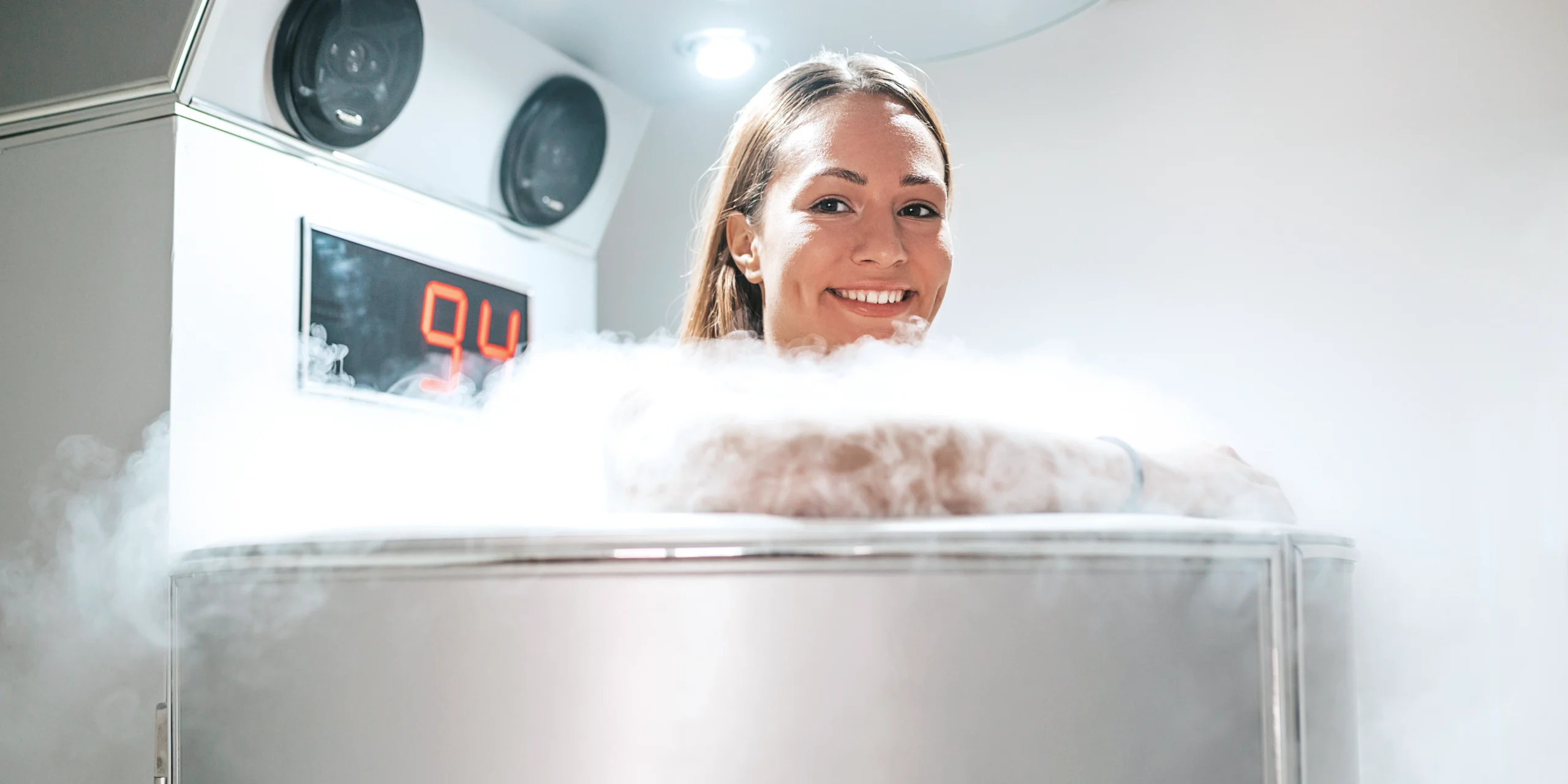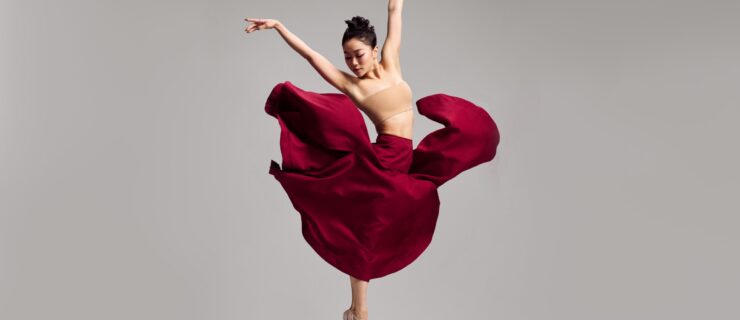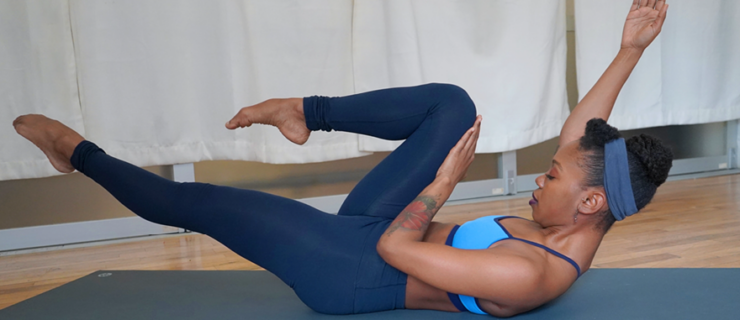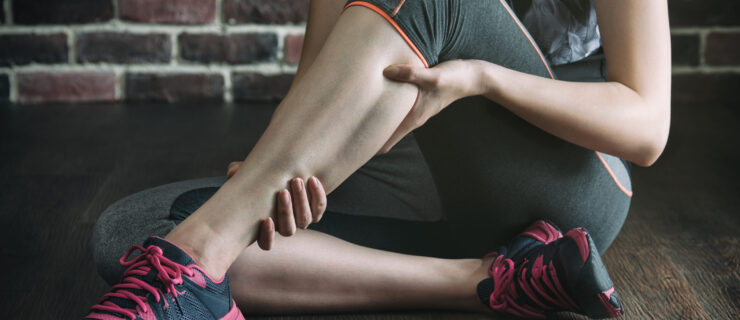Cryotherapy 101: The Benefits and Risks of This Subzero Recovery Treatment
For years, whole-body cryotherapy has been popular among leading athletes like boxer Floyd Mayweather and basketball star Klay Thompson. But lately, professional ballet dancers have been using this recovery modality to treat muscle soreness and inflammation. While icing and cold-water immersion also fall under the umbrella of cryotherapy, whole-body cryotherapy entails staying in a chamber (with your head sticking out) for two to four minutes while the temperature is rapidly cooled through liquid nitrogen or electricity, dropping as low as minus 200 to minus 300 degrees Fahrenheit.

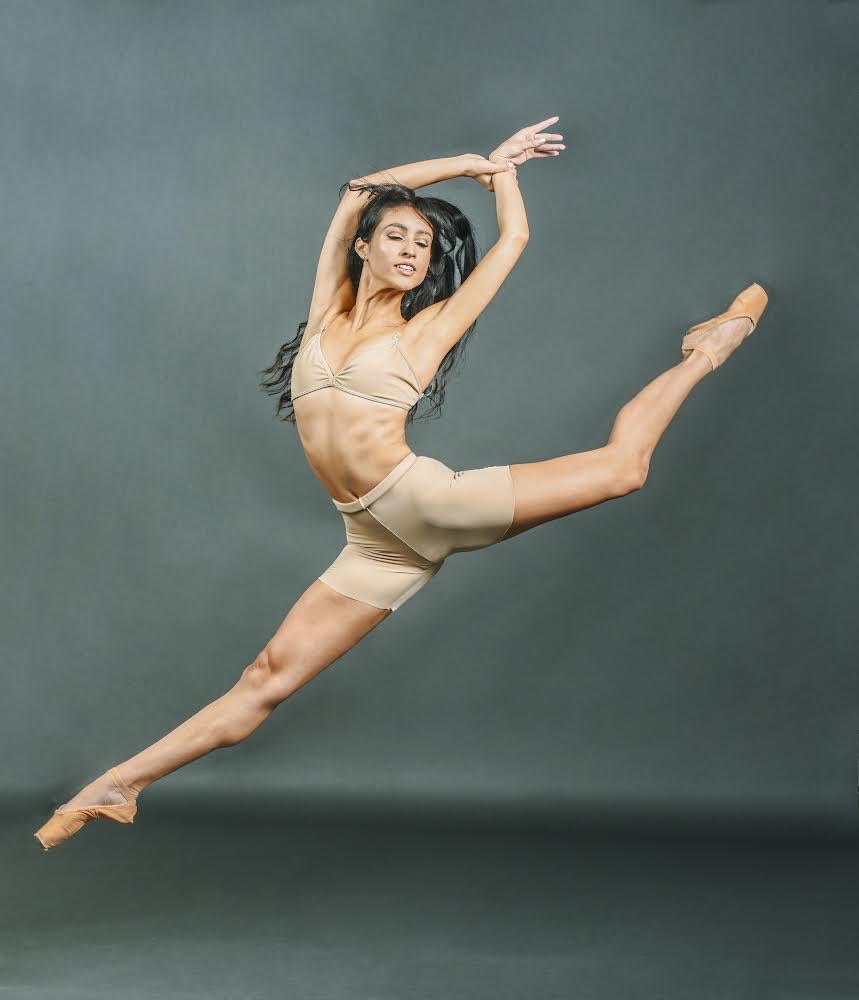
“The literature on [whole-body cryotherapy] is mixed since a lot of the science comes from animal models, but people definitely feel benefits, so that’s great,” says Lauren McIntyre, ATC, from NYU Langone Health’s Harkness Center for Dance Injuries. “It [lowers] the tissue temperature, which is thought to reduce inflammatory response and secondary tissue damage after intense exercise.”
United Ballet Theatre artist Paola McCormick-Quintero, who does cryotherapy sessions when her performance schedule gets heavy, says it feels comparable to a “cold plunge,” albeit a bit less intense. “It is very cold and shocking, but it goes by quickly,” she says. “It puts your body in a fight-or-flight response and sends triggers to the brain that produce endorphins.”
Ideal Time for Cryotherapy
Since whole-body cryotherapy can suppress inflammation, McIntyre says, it is ideal to do a session within 24 hours of either an injury or intense dancing in order to get the most benefits out of it. “We’re talking [during] Nutcracker season, or your big performance weekend,” says McIntyre.
For company dancers who perform regularly, cryotherapy can be beneficial all season long. McIntyre suggests that freelance dancers do it during a time when they’ve booked a gig and are dancing in repeat performances, and for collegiate dancers to save cryotherapy for a big semester performance. She does not recommend cryotherapy for adolescents, since they are more vulnerable to frostbite and should not be dancing so much yet to need it for performance enhancement.
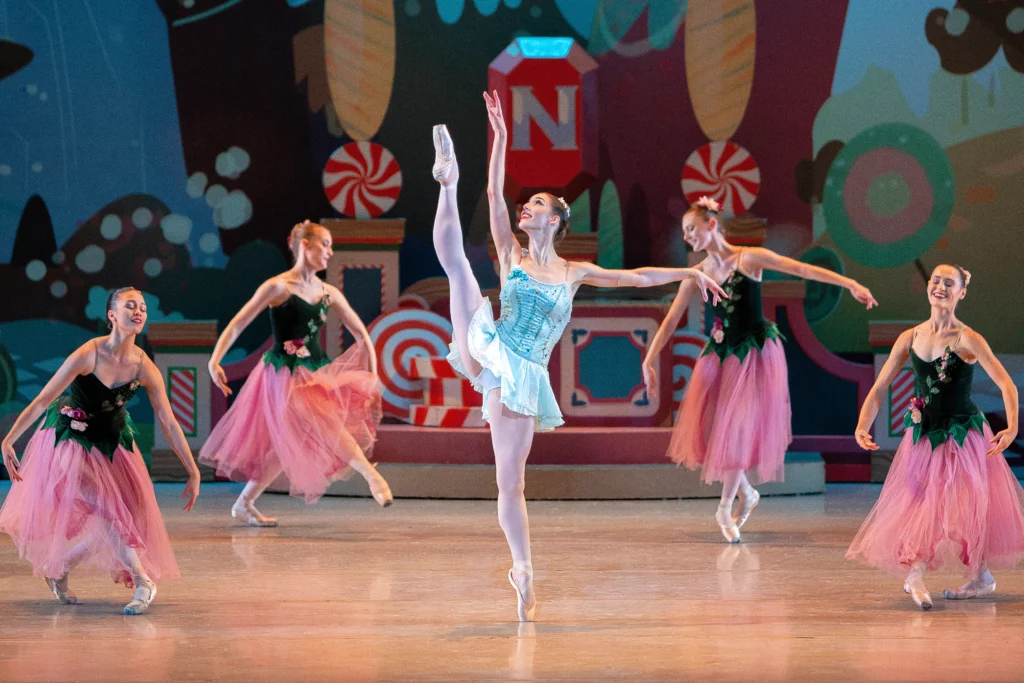
Oklahoma City Ballet soloist Gabrielle Mengden likes doing cryotherapy during a busy theater week to help relieve lactic-acid buildup in her muscles.
“It makes me feel alert and rejuvenated, and has helped with the reduction of pain and spasms,” explains Mengden. “My muscles don’t feel as swollen the next day.”
There’s no need to reheat the body after leaving the cryotherapy chamber since your body is already good at thermo-regulation. If you will be dancing after a session, however, be sure to do a thorough warm-up beforehand.
As inflammation enables the body to repair tissue and get stronger, McIntyre does not recommend dancers do cryotherapy during the off-season. “That is the time you are ideally cross-training and working on muscle imbalances, so you can let your body adapt as needed,” she says.
Cost and Risk Factors
Whole-body cryotherapy is typically an out-of-pocket expense, but some ballet companies have affiliations with local gyms or wellness centers to help dancers save. Through their respective partnerships with MOOV Labs, UBT is able to sponsor cryotherapy for its artists for free (the typical cost for a session is $49), while OKC Ballet dancers receive a discounted rate of $15 at OK Cryo. Cost can vary depending on location, with single sessions running upwards of $50 in cities like New York. Most facilities offer packages to save on the cost per visit.
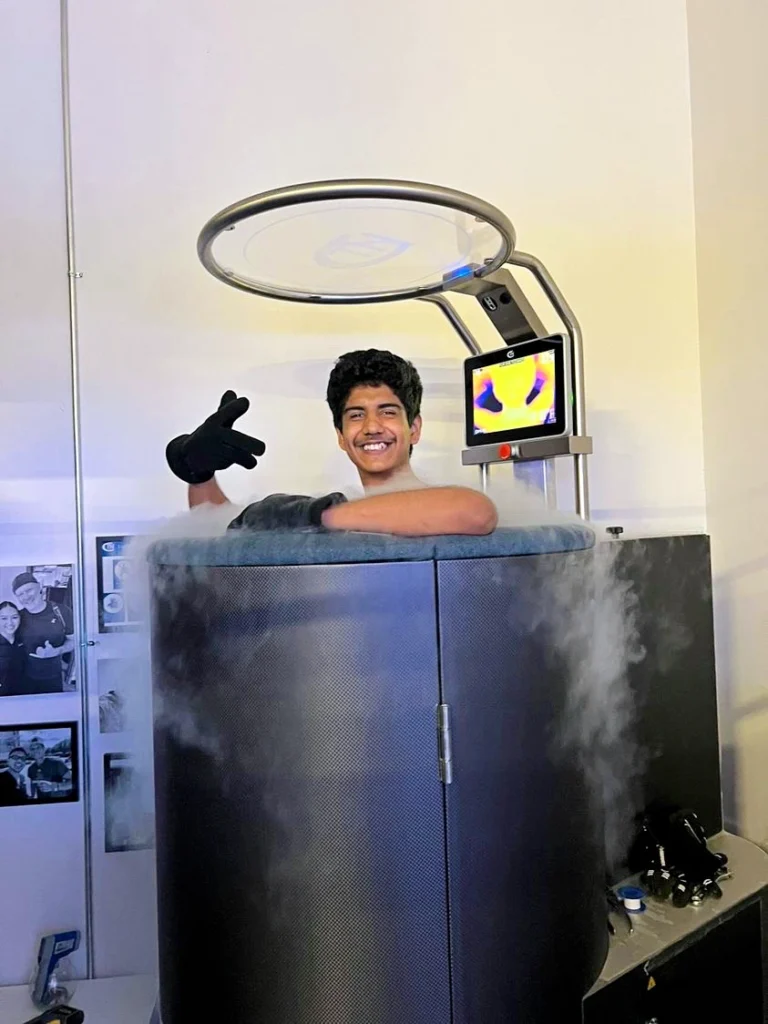
If the cost or idea of cryotherapy isn’t appealing, McIntyre says you can try other recovery modalities instead. “Taking an ice bath may be a little longer, 10 to 15 minutes, but is less expensive,” says McIntyre. “Even getting on a foam roller can help reduce soreness, or wearing compression socks or tights. We also can’t ignore proper sleep and nutrition.”
People who have circulatory problems such as Raynaud’s disease, diabetes, or any other medical condition, should consult their physician before doing cryotherapy. Skin irritation is another possible risk.
McIntyre also warns against using cryotherapy to treat chronic pain. “If something has been bothering you, make sure to see a doctor first to get a comprehensive treatment plan,” says McIntyre.
Know Before You Go
Cryotherapy clinics are located in cities across the country. You can typically wear underwear during the session, and most facilities provide gloves, socks, and slippers to protect your extremities. It’s also important to remove any jewelry or other metal and ensure your body is completely dry before entering the chamber.
McCormick-Quintero says it’s normal to feel a bit claustrophobic in the chamber at first—and perhaps a bit anxious about the cold blast. “The more relaxed you can go into it, the better,” she says.
“I would definitely try cryotherapy out if you are prone to sore muscles and joints,” adds Mengden. “It’s quick and will get you going.”
